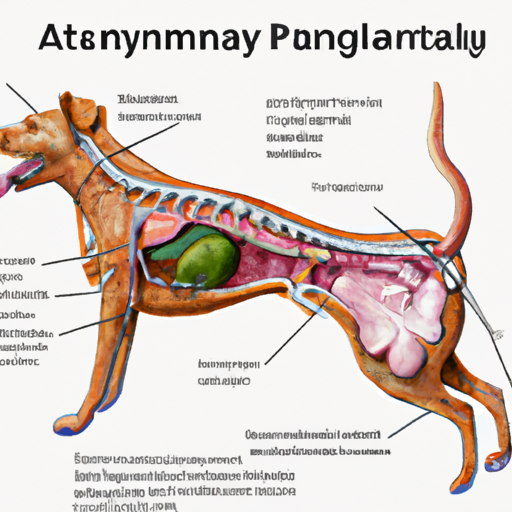Understanding the Phenomenon
As a caregiver, it’s crucial to understand the health issues that your canine companion may face. One of these is ‘Gastric Dilatation-Volvulus’ (GDV), commonly known as a stomach flip. This is a severe and life-threatening condition where a dog’s stomach fills with gas and then twists, preventing the gas from escaping.
This sudden onset condition can happen in any breed, but it’s more common in large breeds with deep chests. It’s a medical emergency, and without prompt treatment, it can lead to serious complications and even death.
Recognizing the Symptoms
In the chaotic whirl of everyday life, you might overlook the signs of a stomach flip in your dog. However, early detection can be the difference between life and death. Here are the typical symptoms:
- Excessive drooling
- Distended abdomen
- Unproductive vomiting attempts
- Restlessness
- Rapid, shallow breathing
The Causes of Stomach Flips
The exact cause of stomach flips in dogs is not fully understood, but several risk factors have been identified:
-
Eating habits: Fast eating, eating one large meal daily, eating from an elevated food bowl, and eating high-volume, low-weight diets can contribute to the development of GDV.
-
Temperament: Anxious, stressed, or fearful dogs seem to be at higher risk.
-
Genetics: Certain breeds like Great Danes, Saint Bernards, Weimaraners, and Boxers are more susceptible due to their deep chest cavity.
Preventive Measures
While you cannot eliminate the chances of GDV completely, there are several steps you can take to lower the risk:
-
Feed your dog smaller meals multiple times a day instead of one large meal.
-
Limit rigorous exercise before and after meals.
-
Avoid elevated food bowls.
-
Encourage slow eating by using special bowls or puzzle feeders.
Treatment and Recovery
If your dog is diagnosed with a stomach flip, immediate surgery is required to untwist the stomach and remove any dead tissue. After surgery, your vet will monitor your dog closely for complications. Recovery can take several days to weeks, depending on the severity of the condition.
| Symptom | Cause | Action |
|---|---|---|
| Excessive drooling | Early sign of GDV | Seek immediate veterinary care |
| Distended abdomen | Gas build up | Seek immediate veterinary care |
| Unproductive vomiting | Twisted stomach | Seek immediate veterinary care |
Frequently Asked Questions
1. Can small dog breeds get a stomach flip?
Yes. While it’s more common in large and deep-chested breeds, any dog can potentially suffer from GDV.
2. Can a stomach flip resolve on its own?
No. GDV is a medical emergency. If your dog shows symptoms, seek immediate veterinary help.
3. How can I prevent my dog from getting a stomach flip?
Preventive measures include feeding smaller meals throughout the day, limiting exercise around meal times, and encouraging slower eating habits.
Remember, as a caregiver, your vigilance can save your dog’s life. Staying informed and taking preventive measures are your best defense against this deadly condition.



